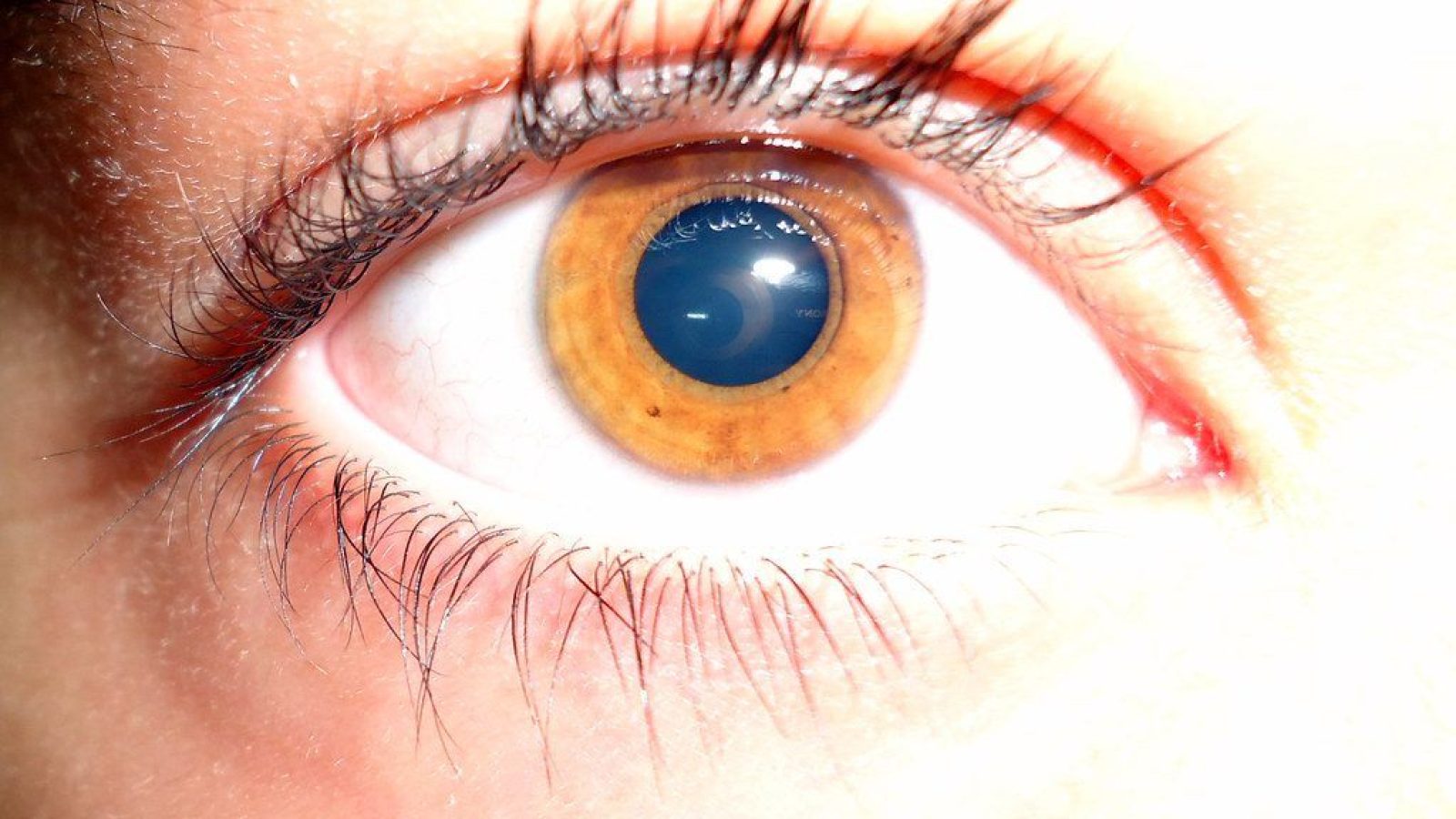A new scientific paper published by Nature claims the experimental COVID-19 jabs are associated with “several ocular manifestations.
“We aimed to investigate the risk of retinal vascular occlusion after COVID-19 vaccination,” the paper says.
“This retrospective cohort study used the TriNetX global network and included individuals vaccinated with COVID-19 vaccines between January 2020 and December 2022. We excluded individuals with a history of retinal vascular occlusion or those who used any systemic medication that could potentially affect blood coagulation prior to vaccination,” the paper adds.
From the paper’s abstract:
Individuals with COVID-19 vaccination had a higher risk of all forms of retinal vascular occlusion in 2 years after vaccination, with an overall hazard ratio of 2.19 (95% confidence interval 2.00–2.39). The cumulative incidence of retinal vascular occlusion was significantly higher in the vaccinated cohort compared to the unvaccinated cohort, 2 years and 12 weeks after vaccination. The risk of retinal vascular occlusion significantly increased during the first 2 weeks after vaccination and persisted for 12 weeks. Additionally, individuals with first and second dose of BNT162b2 and mRNA-1273 had significantly increased risk of retinal vascular occlusion 2 years following vaccination, while no disparity was detected between brand and dose of vaccines. This large multicenter study strengthens the findings of previous cases. Retinal vascular occlusion may not be a coincidental finding after COVID-19 vaccination.
BNT162b2 is the Pfizer-BioNTech mRNA COVID-19 shot and mRNA-1273 is the Moderna mRNA COVID-19 shot.
“There is currently no treatment available that can unblock retinal veins, while treatments for the symptoms include injecting corticosteroids directly into the eyeball,” The National Pulse tweeted.
🚨 There is currently no treatment available that can unblock retinal veins, while treatments for the symptoms include injecting corticosteroids directly into the eyeball.https://t.co/Ye6ZfqQ4e2
— The National Pulse (@TheNatPulse) May 5, 2023
The National Pulse first reported on the study, published on May 2nd, 2023.
The paper published in Nature harvested data on some 95,156,967 people. Of those, 7.3 million met the criteria for inclusion in the study.
Controlling for confounding variables such as people on anticoagulants, certain contraceptives, and other medications, the researchers were left with 745,041 vaccinated and 3.8 million unvaccinated subjects to compare. They found that “two years after vaccination, the chances of all subtypes… of retinal vascular occlusion increased significantly in the vaccinated cohort.”
Retinal vein occlusion, or RVO, has generally been associated with “people with diabetes, and possibly high blood pressure, high cholesterol levels, or other health problems that affect blood flow,” according to the Cleveland Clinic.
It can be a very serious condition, sometimes leading to the formation of abnormal new blood vessels that can “cause pain and a dangerous increase in pressure inside the eye” or even blindness.
From Nature:
We demonstrated a higher risk and incidence rate of retinal vascular occlusion following COVID-19 vaccination, after adjusting for potential confounding factors. The risk of retinal vascular occlusion, except for CRAO, has been promptly observed in individuals receiving vaccines against SARS-CoV-2. The risk factors for retinal vascular occlusion include diabetes, hypertension, obesity, coronary artery disease, and stroke. To ensure the reliability of the results, we appropriately balanced the baseline characteristics in both cohorts before analysis.
The widespread occurrence of microvascular thrombosis in COVID-19 patients have been demonstrated. Vaccination with ChAdOx1 nCoV-19 can result in the rare development of immune thrombotic thrombocytopenia mediated by platelet-activating antibodies against platelet factor 4 (PF4), which clinically mimics autoimmune heparin-induced thrombocytopenia. A large cohort study showed that the risk of VTE slightly increased 1.10-fold 8–14 days after ChAdOx1 nCoV-19 vaccination but found no difference for individuals who were administered BNT162b2 vaccination; the risk of ATE following ChAdOx1 nCoV-19 and BNT162b2 vaccination increased 1.21-fold and 1.06-fold, respectively.
Thrombosis that manifests before thrombocytopenia is referred to as vaccine-induced immune thrombotic thrombocytopenia (VITT). Two adenoviral vector-based immunizations, ChAdOx1 nCoV-19 and Ad26.COV2.S, have been associated with the development of VITT. VITT cerebral venous sinus thrombosis is predominantly from adenovirus viral vector vaccines. The pathological mechanism of thrombosis has been hypothesized to entail either an innate or adaptive response, involving the activation of B and T cells and CD4 T cells are essential for regulating the production of PF4/heparin-specific antibodies.
ADVERTISEMENT



Join the conversation!
Please share your thoughts about this article below. We value your opinions, and would love to see you add to the discussion!